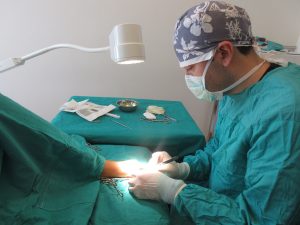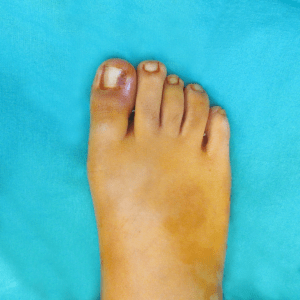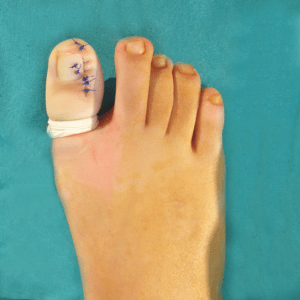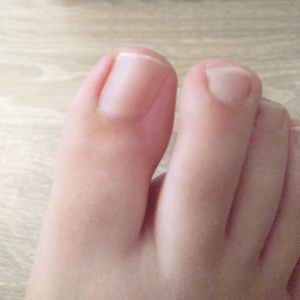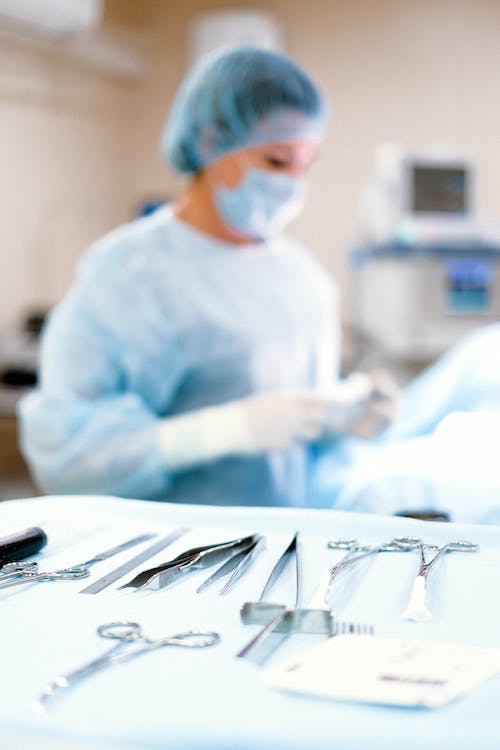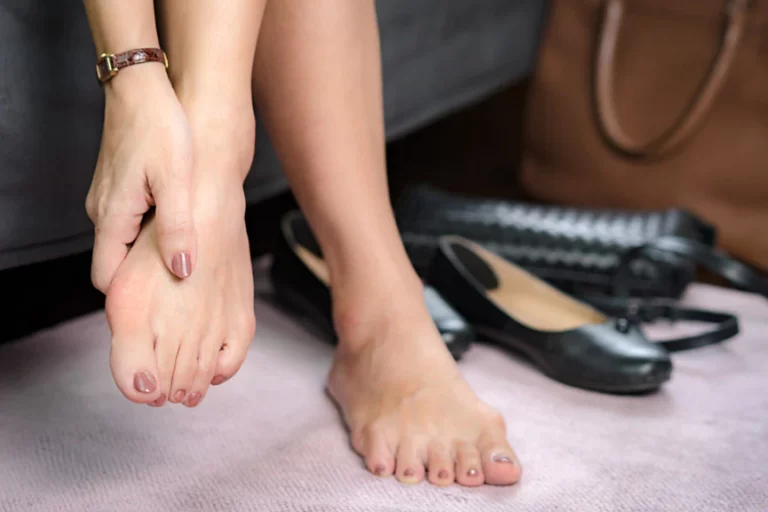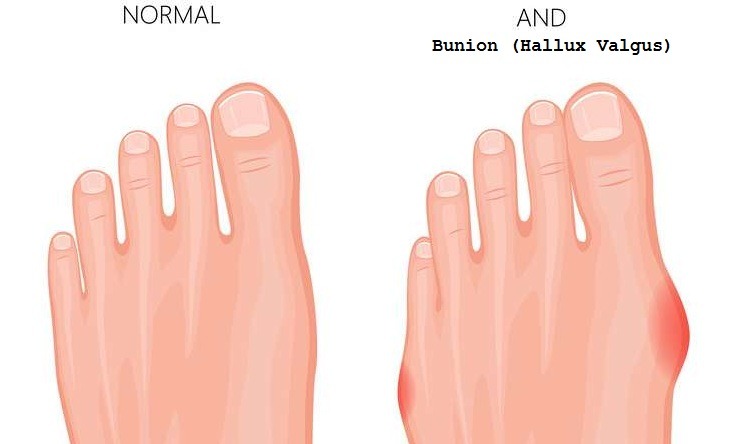Ingrown Toenail (Ingrown Toenail) And Treatment
Ingrown toenail is an uncomfortable condition that is mostly observed on the inside of the toe and the edge of the nail causes pain and infection by sinking into the soft tissue. It may develop after situations such as wearing tight shoes, wrong and short cuts of the nails, aggressive pedicure practices in people with nail and nail bed incompatibility. It is important in patients with diabetes, vascular and circulatory failure, as it may lead to progressive wound problems.
What are the symptoms of ingrown toenails?
How is it treated?
Symptoms are swelling, redness and pain around the tissue in which the nail is ingrown. In the initial stages of the disease, if the conditions that cause discomfort are eliminated, it can recover without progress. Wearingwide and comfortable shoes, being careful not to keep the feet moist, wearing socks that can expel the sweat off the feet, such as sports socks, and not standing up too much, which may cause swelling of the feet can be carried out in order to achieve this.
Edema and redness in the ingrown part of the nail does not always indicate infection. Patients usually evaluate this wound reaction as an infection and dress with tincture d’iode and often consult a doctor by making the wound worse. Proper dressing and proper wound care are important in preventing infection. With good and proper wound care, ingrown toenail can be monitored without the use of antibiotics.
Surgical Treatment of Ingrown Toenails
Surgical treatment of ingrown toenail is a relatively small intervention performed with local anesthesia. It is applied with local anesthesia following sterile treatment and dressing of the foot. Many patients hesitate before local anesthesia or ingrown before the intervention. It is important for painless surgical treatment that anesthetic drug injection is performed in a way that blocks the conduction in the nerves to the finger and is localized. Anesthetizing the injection site with smaller needles (such as insulin needles) before the medication to be applied for nerve block makes the anesthesia application painless. Thus, patients can feel the entrance of only the smallest insulin needle and can be treated painlessly.
The stage after anesthesia in ingrown nail treatment is the application of a tourniquet to the finger. It is applied in order to stop the bleeding during the operation and to enable the doctor to work more comfortably. After the tourniquet is applied, the ingrown part of the nail is partially removed together with the nail bed underneath, which resembles a fish mouth. It is important to clean the partially removed nail bed on the side of the ingrown nail to prevent recurrence of the disease. For this, the nail bed is scraped with tools called curettes. Following the washing of the operation area with sterile water, the intact nail edge is sutured to the nail side skin tissue. Performing this suture procedure with the technique to be taken under the nail increases the success of the surgery and reduces the risk of recurrence. Protective antibiotics and painkillers are prescribed and the patient is discharged.
After Ingrown Toenails and Treatment
We call our patients for a dressing replacement the day after our operation in our clinic. This early dressing replacement is very helpful in managing the pain that starts after the local anesthesia effect disappears, as it reduces the pressure in the operation area. We recommend not stepping on the operation area and not hanging the foot too much as much as possible within the first three days after the ingrown nail operation. On the fifth and tenth day, we replace the dressing again and remove the ingrown nail sutures on the fifteenth day.
To read our articles on different foot complaints other than ingrown toenails and treatment visit our FOOT AND ANKLE DISEASES page.
Surgeon Dr. Tolga Mertoğlu
He was born on 20.10.1975 in Adana. After completing his primary education in İskenderun İsdemir Primary School, he completed his secondary and high school education at İskenderun İstiklal Makzume Anatolian High School. He completed his medical education at Atatürk University Faculty of Medicine between 1993-1999, then, he worked in Cerrahpaşa Medical Faculty Department of Anatomy. He completed his Orthopedics and Traumatology Specialization training at Haydarpaşa Numune Hospital Orthopedics and Traumatology Clinic between 2000-2005. Afterwards, he worked at Eskişehir Military Hospital for his military service and worked in various private hospitals in Istanbul after his military service. He is married and has a daughter.
We continue to serve by taking all kinds of disinfection and medical safety precautions in our clinic, which is capable of performing x-ray and minor surgical interventions.
ORTHOPEDIC SURGICAL TREATMENTS
Orthopedic surgeries are applied in cases of genetic or traumatic diseases in the musculoskeletal system of our body, in cases where drug therapy is not adequate.
The comfort and rapid recovery of the patient are prioritized in orthopedic surgeries performed with advanced technologies in the field of medicine.
- Arthroscopic Surgery (Knee, Shoulder, Hip, Hand and Ankle)
- Hand Surgery and Microsurgery
- Prosthetic Surgery
- Tumor Surgery
- External Fixation
- Ingrown Toenails and Treatment

